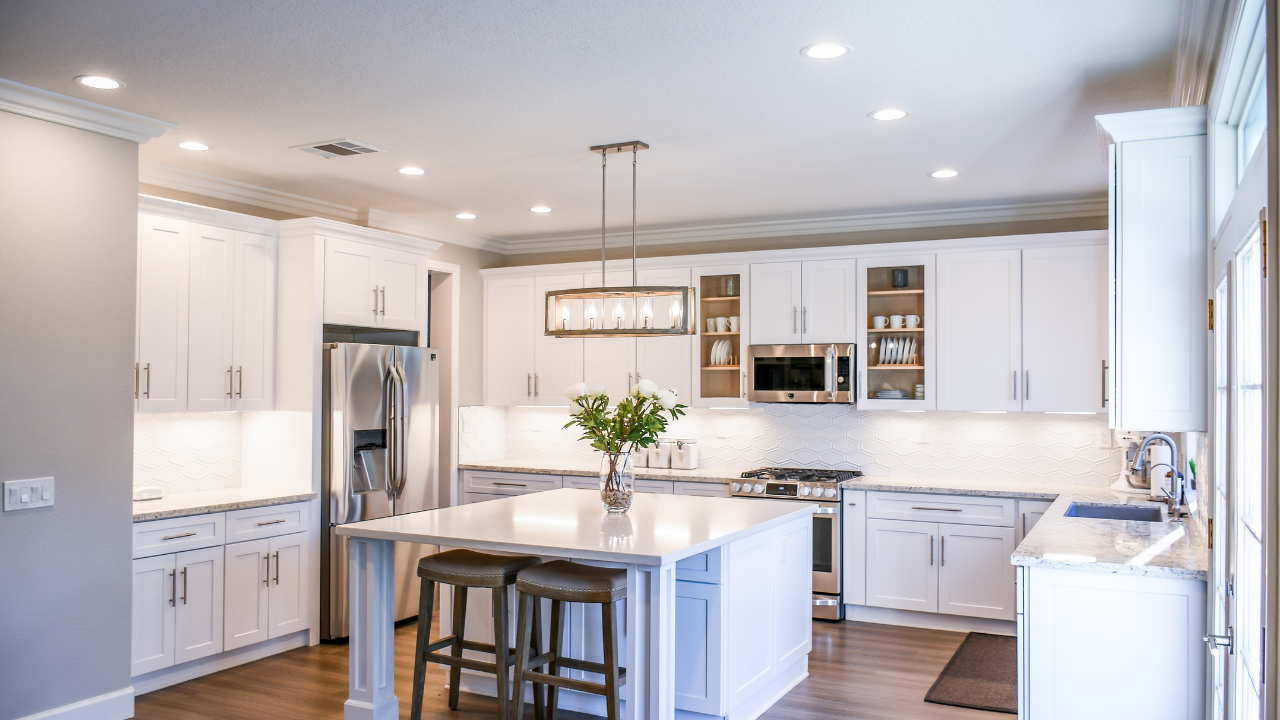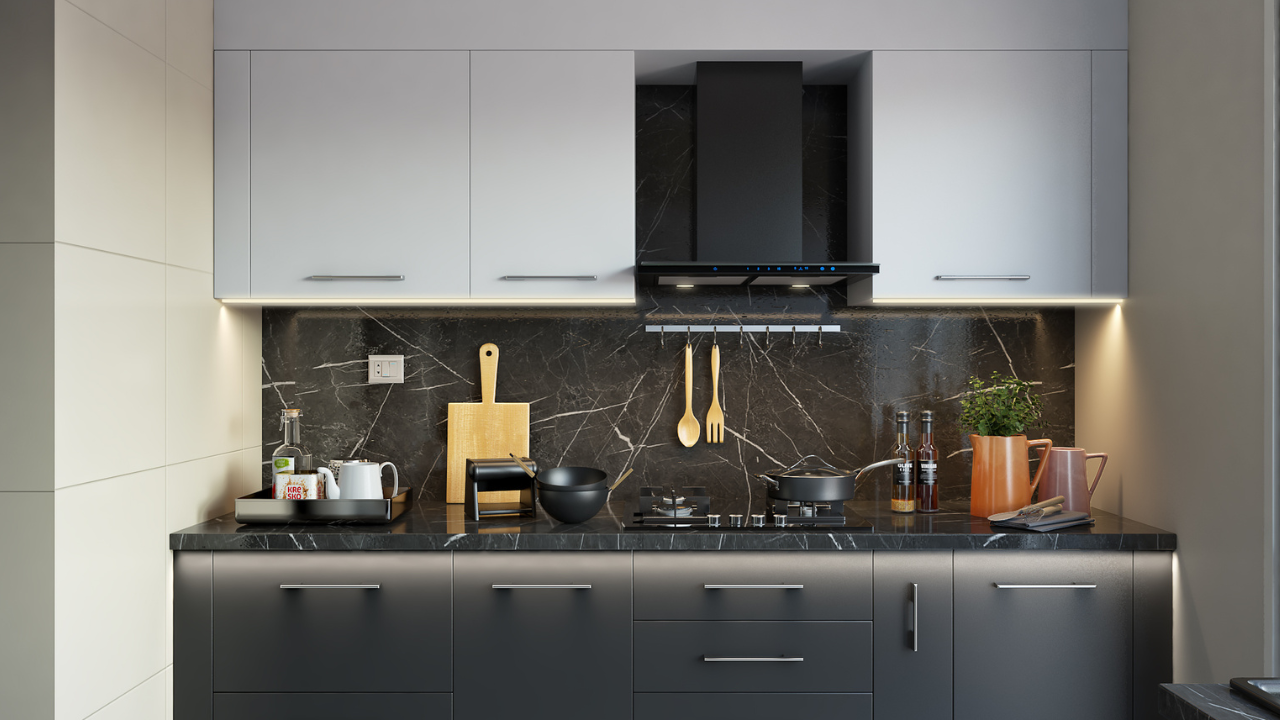Creative DIY Ideas to Customise Your Side Table to Fit Your Style

Are you looking to add a personal touch to your home décor, but need help figuring out where to start? Customising a side table is an excellent and simple project that allows you to infuse your style into your living space.
Whether you are a seasoned DIY enthusiast or just starting to explore your artsy side, this versatile product offers endless possibilities for creative expression. In this blog, we will delve into various DIY ideas to help you transform a plain side table into a stunning piece of furniture.
-
Paint It Up
Ombre Effect: Start by choosing two to three harmonious colours. Paint the entire table with the lightest shade as the base. Before it completely dries, blend the next shade upwards from the bottom, using a dry brush to soften the transition. This technique creates a smooth colour fade, that can be sealed with a clear topcoat to ensure it lasts.
Distressed Vintage Look: Start with a light-coloured base coat for a distressed vintage look, perfect for adding character to chic or rustic decor. Once it is dry, you may layer a contrasting colour on top. Use sandpaper to gently scrub away parts of the top layer, focusing on areas that naturally show wear, like edges and corners. This exposes the base colour and gives the piece an authentically aged feel. Finish with a matte sealant to protect the distressed finish.
Geometric Patterns: Begin using painter’s tape to outline your design on the table, creating shapes like triangles, squares, or stripes. Select a colour palette that complements your room and add metallic paint for a touch of elegance. Paint within the taped sections and carefully remove the tape while the paint is still slightly wet, to achieve sharp lines. A clear sealant will help preserve the pattern and keep it looking fresh.
Stippling Technique: This involves creating a pattern with small paint dots. Use a stippling brush or a regular stiff-bristled brush, dip it in a contrasting paint colour, and gently dot it onto the surface of your table. The density of the dots can be varied, to create different effects and gradients. Once satisfied with the stippling, apply a clear varnish over the top to protect your design.
-
Decoupage for a Unique Look
Cut or tear your chosen material into the desired shapes and sizes. Tearing paper rather than cutting can give a more textured edge that leads to a unique design. Plan your design by arranging the pieces on the table before glueing them down. Once satisfied with the layout, apply a thin layer of decoupage glue to the table surface. Place your material on the glued area and smooth it out to remove any air bubbles or wrinkles. Continue until all pieces are glued down.
After the glue has dried, apply several coats of the same decoupage glue or a clear acrylic sealer over the top of the paper or fabric to protect it. This sealing layer should be waterproof and durable, ensuring that the table can withstand use without the decoupage peeling or getting damaged. Make sure each coat is completely dry before applying another, and gently sand between coats to achieve a smooth finish.
-
Change the Hardware
Knobs: One of the most straightforward pieces of hardware to replace, knobs come in a wide range of styles, materials, and designs – from sleek and modern metal knobs to ornate ceramic or glass versions. They are typically used on drawers, but can also be added decoratively to tabletops or sides for aesthetic appeal.
Pulls and Handles: These are used for drawer fronts requiring a firmer grip. Pulls and handles come in various finishes, including brushed nickel, polished brass, rustic iron, and even leather. Changing from a knob to a handle, or vice versa, can alter the functionality and style of the table.
Leg Caps or Feet: Adding or changing leg caps or feet can transform the base of your side table. Options range from metal caps that add a vintage look to rubber or wooden feet that can modernise a piece or blend more seamlessly with your flooring.
Hinges: If your side table has a hinged door, changing the hinges can subtly alter its look. While often overlooked, decorative hinges are available in styles that complement your chosen aesthetic, like antique brass for a vintage feel or polished chrome for a modern appearance.
Locks and Latches: Replacing these can enhance the security and design of side tables with locking drawers or compartments. Decorative locks and latches can add a level of detail that standard hardware typically does not achieve.
-
Add a Stencil Design
An excellent method to enhance your side table with detailed patterns & textures, stencilling allows you to incorporate intricate designs without the long-term commitment of other decorative techniques like painting or varnishing. You can choose from various stencil patterns, such as delicate florals or bold geometric shapes.
To apply the stencil, position it on the table surface and secure it with tape to prevent movement. Apply your chosen paint over the stencil with a small roller or sponge. Use multiple stencils with different colours for added depth and visual interest.
-
Wood Staining
Classic Penetrating Stain: This traditional method uses a penetrating stain that soaks into the wood to provide rich, deep colours. It is ideal for enhancing the natural wood grain and adding warmth to the furniture. You can choose any shade, from light oak to dark walnut. After applying the stain, seal it with a clear topcoat to protect the finish and the wood beneath.
Gel Stain: These are thicker than traditional stains and provide more consistent colour and less dripping, making them ideal for use on vertical surfaces or for pieces with intricate details. They don’t penetrate the wood as deeply, allowing the original grain to show subtly. Gel stains are particularly useful for achieving a more controlled, even colour or working on wood that is typically difficult to stain evenly, like pine or birch.
Water-based Stain: These are more eco-friendly and provide easy cleanup with soap and water. They tend to dry faster and emit less odour than oil-based stains. These come in a wide range of vibrant colours, not just the typical wood tones, so you can opt for bold hues like blues, greens, or even reds. Water-based stains are also less likely to yellow over time, maintaining their true colour longer.
Whitewash or Pickling Stain: Whitewashing or pickling involves applying a light-coloured stain (often white or light grey) that partially obscures the wood’s natural colour and grain, giving it a rustic, weathered appearance. This technique is particularly popular in coastal, Scandinavian, or farmhouse-style interiors. It is best achieved with a water-based stain, which allows the underlying wood texture to show through, maintaining a natural aesthetic while lightening the overall colour.
-
Incorporate lighting
Under-table Lighting: Add LED strip lights under the tabletop or along the bottom edges of the side table. This creates a soft, ambient glow that can highlight the floor around the table, making the piece appear as if it is floating. This is especially effective in modern and contemporary decor. You can use adhesive-backed LED strips for easy installation.
Built-In Lamp: For a more integrated solution, build a lamp into the structure of the side table. This could be as simple as attaching a sleek, minimalist lamp arm to the table or as complex as building a lamp base directly into the tabletop. This works particularly well in minimalist setups where clutter is kept to a minimum, and the lines of the side table and lamp blend seamlessly.
Tabletop Lanterns or Candles: Use portable lanterns or a cluster of candles on the tabletop for a more temporary and versatile option. This can create a cosy, welcoming atmosphere, especially in living areas or bedrooms. You can choose lanterns that match the style of your decor – from rustic metal to sleek contemporary glass – or even go with scented candles for an added sensory element.
-
Conclusion
Whether you refresh it with a new coat of paint, add stylish new hardware, incorporate elegant lighting, or apply detailed decoupage, your side table is now not just a piece of furniture but a reflection of your unique style and creativity. So consider these ideas, apply your unique twist to them, and experiment with different styles and techniques to create your dream space.








